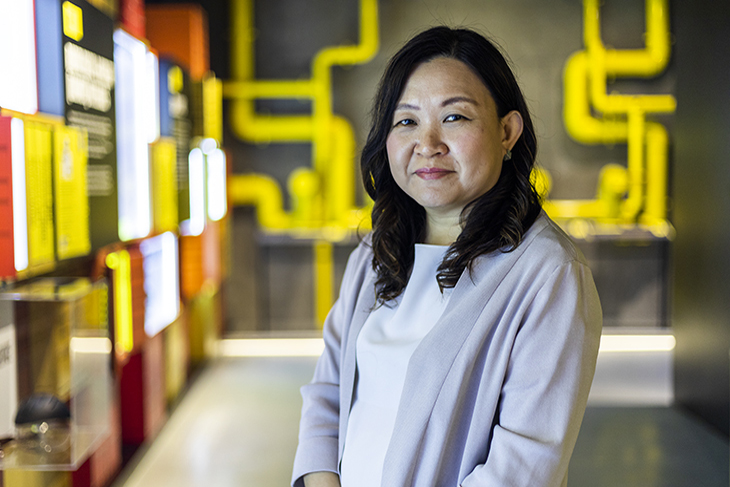As a child, May Ong enjoyed fixing broken mechanical toys for her younger siblings. She’d also dismantle electronic devices such as video recorders and radios that her parents no longer used to find out how they worked.
May Ong, Director (CBRNE), MHA. PHOTO: Natasha Razak
“I was interested in how things functioned,” she explained. “It runs in the family – my dad is a hands-on person and would make his own furniture. As the eldest child, I often helped him with his carpentry projects, and looked over his shoulder when he repaired his car!”
The Science of Defence
May explained that she's a hybrid of the Science and Business vocations, having majored in Chemistry, Microbiology and Management. She completed her studies at
University College London.
After she graduated, May joined
DSO National Laboratories where she conducted research on chemical defence. Following a short stint at the
Institute of Technical Education, she joined the
Ministry of Home Affairs (MHA) in June 2008.
“I was approached to pursue research in Chemical, Biological, Radiological, Nuclear and Explosive (CBRNE) materials, but from a Home Team angle,” she said. “That really piqued my interest.”
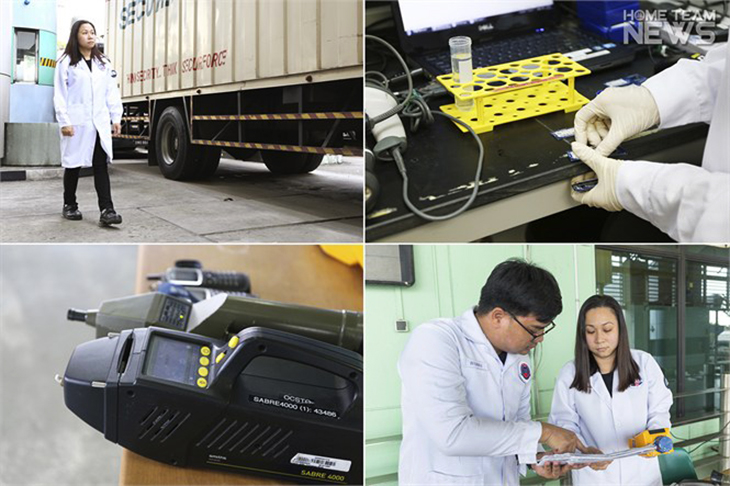
At Tuas PAF, incoming shipments are screened for toxic chemical agents and bio-threats. PHOTOS: Home Team News
May was tasked to help set up MHA’s Tuas Protective Analytical Facility (PAF). Officially opened in January 2009, it was the first operational laboratory in the world based at a country's border.
Tuas Checkpoint is the designated land checkpoint for hazardous chemicals and livestock consignments, hence the need for an analytical facility. At Tuas PAF, officers screen incoming shipments for toxic chemical agents, bio-threats such as anthrax and other dangerous or security-sensitive materials. When suspicious substances are detected, the officers will collect samples for further analysis.
But setting up the lab wasn't an easy process. “As I was the only scientist on the team back then, I had to train eight officers from the
Immigration & Checkpoints Authority (ICA) to assist us with the screenings,” May shared.
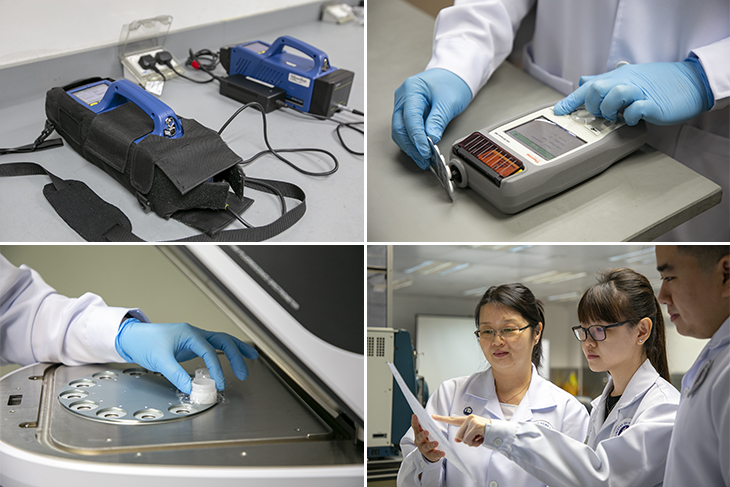
At Woodlands Analytical Laboratory. PHOTOS: Jermaine Ting
In response to the H1N1 pandemic, May and her team set up a biological laboratory at Woodlands Checkpoint in 2009. This strengthened the Home Team’s bio-surveillance capabilities, allowing CBRE threats to be detected at our land checkpoints. In 2013, a chemical laboratory was also established at Woodlands.
The Nuclear and DNA Edge
Next, the team looked at bio-threats coming from the sea. This led to the establishment of the Protective, Analytical and Assessment Facility (PAAF) in 2016. Located at ICA’s Pasir Panjang Scanning Station, PAAF houses six high-tech laboratories, including one that is equipped to detect and analyse Radiological and Nuclear materials.
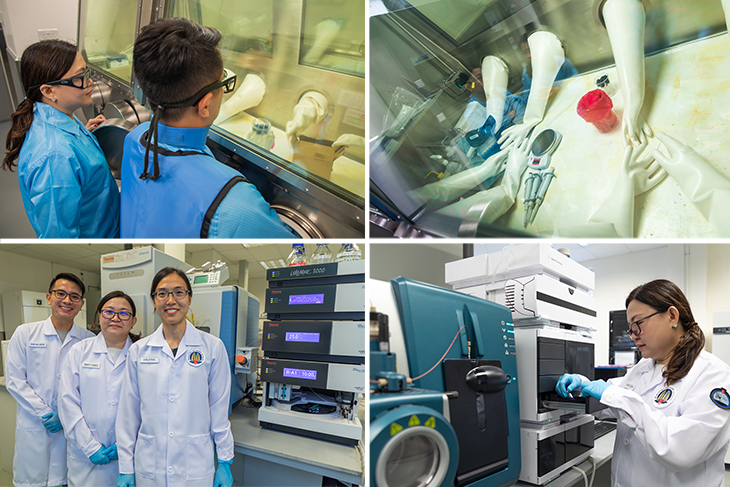
Inside PAAF’s state-of-the-art facilities. PHOTOS: Natasha Razak
May also helped to set up the
Home Team Investigation Laboratory (HTIL) at Police Cantonment Complex in 2016. HTIL provides DNA forensic support for criminal investigations. With sampling done at key operational areas and rapid analytical capabilities that enable frontline officers to make operational decisions, this network of MHA labs is now a vital component of the Home Team’s operations.
“Over the years, we’ve built dedicated teams of operational scientists with expertise in a range of CBRNE materials,” said May. “This allows us to directly support the Home Team in keeping Singapore safe and secure, and to send a message of deterrence to potential perpetrators.”
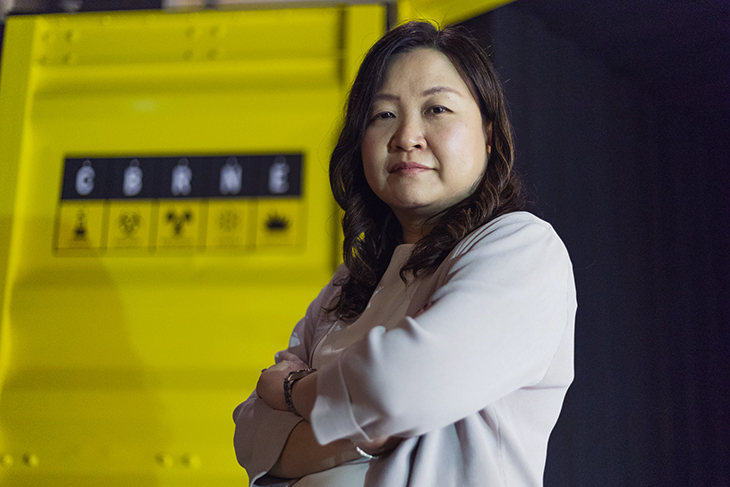
Going deeper to safeguard Singapore. PHOTO: Natasha Razak
As Director (CBRNE) of MHA’s Science and Technology Group, May is committed to sharpening the capabilities of the labs as well as deploying more detection capabilities inland. Another focus area for her is to share her love of Science with the next generation of would-be Home Team guardians, through sessions such as a lecture on CBRNE forensics that she gave at the
National University of Singapore in August 2018.
“I’m happy to see a community of young people now who're passionate about Science,” she enthused. “I hope that, together, we can build our very own hub to groom talents in the field of Science and Technology.”
Home Team Science and Technology
Want to learn more about Science and Tech innovations in the Home Team? Check out:
Science & Tech in the Home Team
The Science of Human Performance
Fighting Crime with DNA Forensics
Vital Vision: Using Analytics to Secure Our Checkpoints
Other S&T Articles

